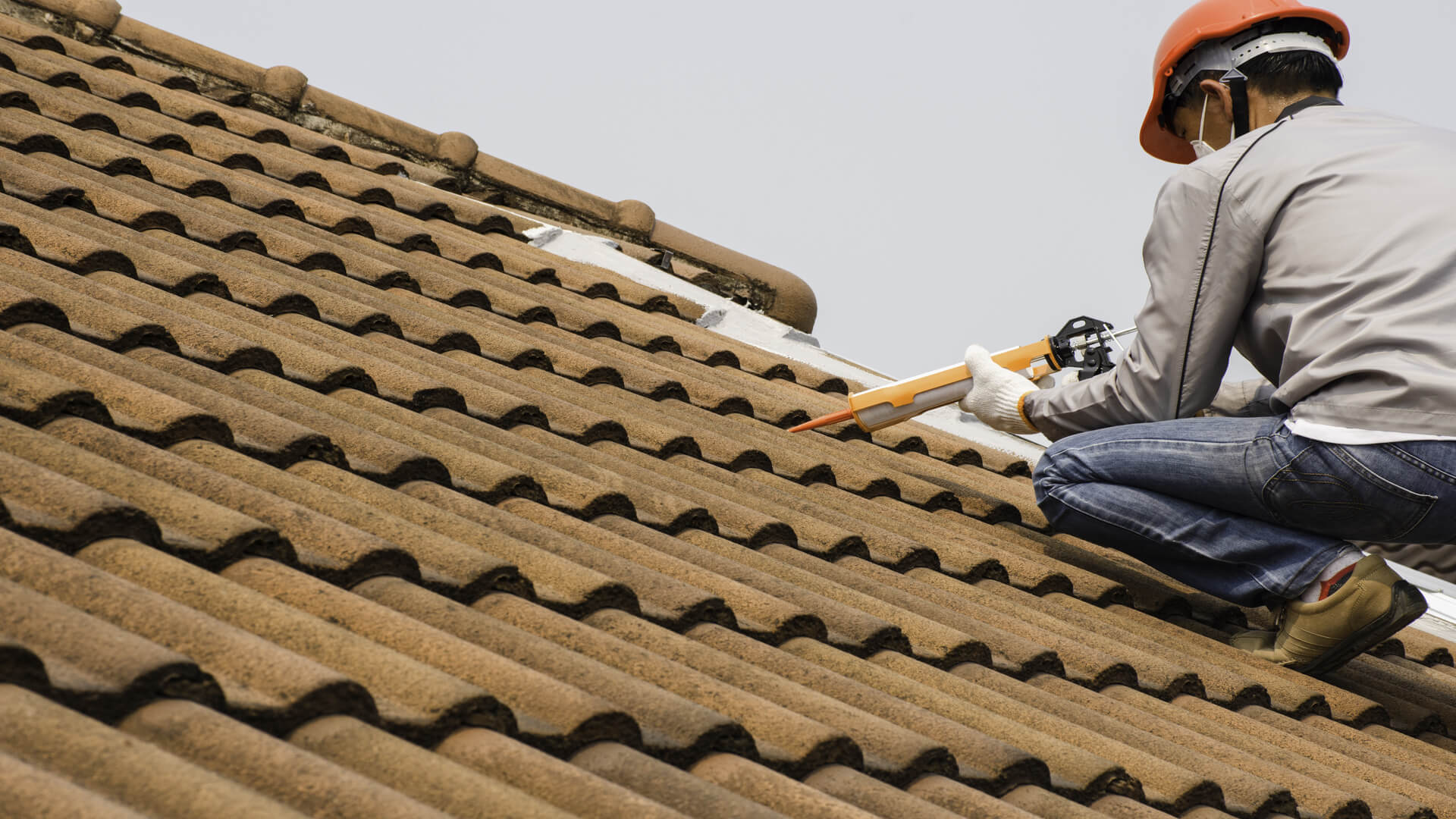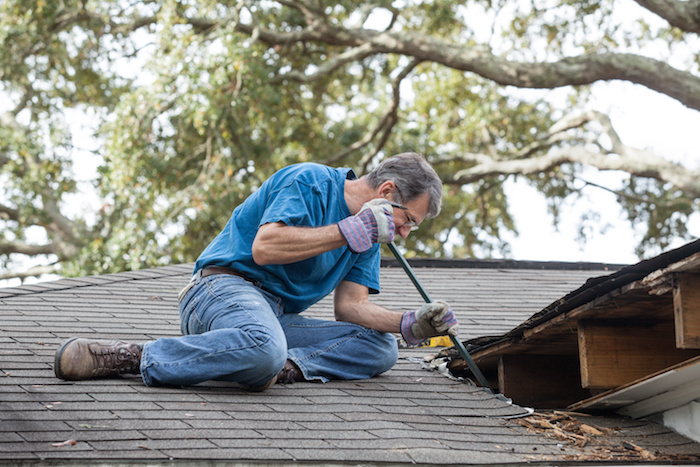Innovative Technologies in Storm Damage Repair: What's New in the Industry?

Storms can leave a path of destruction in their wake, damaging homes, businesses, and infrastructure. As extreme weather events become more frequent and severe, the need for effective storm damage repair has never been greater. Fortunately, advancements in technology are transforming the way repairs are conducted, making the process faster, more efficient, and more cost-effective. From artificial intelligence to drone technology, the industry is seeing groundbreaking innovations that are changing the landscape of storm damage recovery.
Drones and Aerial Imaging for Damage Assessment
One of the most significant technological advancements in storm damage repair is the use of drones for aerial assessments. Traditionally, inspectors would need to physically examine roofs and structures, which could be both dangerous and time-consuming. Drones equipped with high-resolution cameras and thermal imaging can now capture detailed footage of damaged areas in a matter of minutes. This not only enhances safety but also allows for a quicker and more accurate assessment of the damage. Insurance companies and contractors can use this data to speed up claims processing and begin repairs sooner.
Artificial Intelligence and Predictive Analytics
Artificial intelligence is playing a crucial role in predicting and assessing storm damage. AI-powered software can analyze weather patterns and identify areas that are most at risk for damage. This enables homeowners and businesses to take preventive measures before a storm even hits. After a storm, AI tools can quickly analyze images and data collected from drones or satellite imagery to assess the extent of the damage. This allows for more precise repair estimates, reducing delays in the restoration process.

Advanced Roofing Materials for Greater Resilience
Innovative materials are revolutionizing the way roofs are built and repaired following storm damage. Impact-resistant shingles made from polymer blends are designed to withstand high winds and hail, reducing the need for frequent replacements. Some roofing materials are even embedded with sensors that detect leaks and structural weaknesses, allowing for proactive maintenance. These advancements not only improve durability but also help homeowners save money in the long run by reducing repair costs.
Smart Sensors and IoT Technology
The Internet of Things (IoT) is transforming storm damage repair by providing real-time monitoring of structural integrity. Smart sensors can be installed in buildings to detect moisture levels, temperature fluctuations, and pressure changes. In the event of a storm, these sensors provide immediate alerts about potential damage, allowing for a quicker response. This technology is particularly beneficial for commercial properties, where early detection can prevent extensive damage and costly repairs.
3D Printing for Faster Reconstruction
3D printing is emerging as a game-changer in the construction industry, and storm damage repair is no exception. This technology allows for the rapid production of building materials and components, significantly speeding up the reconstruction process. In disaster-stricken areas, 3D-printed structures can be created quickly to provide temporary shelter while permanent repairs are underway. The ability to print custom parts on demand also eliminates supply chain delays, making repairs more efficient and cost-effective.

Eco-Friendly and Sustainable Repair Solutions
Sustainability is becoming an important focus in storm damage repair. Many companies are now utilizing recycled materials for reconstruction, reducing environmental impact while maintaining structural integrity. Green roofing solutions, such as solar-reflective coatings and vegetative roofing systems, not only help in storm resistance but also contribute to energy efficiency. Additionally, biodegradable insulation and sustainable building materials are being integrated into repairs to minimize waste. These eco-friendly solutions are not only good for the environment but also improve the long-term resilience of homes and buildings.
Robotics and Automated Repair Systems
The use of robotics in storm damage repair is still in its early stages, but it has the potential to revolutionize the industry. Automated repair systems can be programmed to perform specific tasks, such as sealing leaks, applying coatings, or even laying bricks. These robotic systems reduce labor costs and enhance precision in repairs, ensuring that buildings are restored to their pre-storm condition more effectively. As robotics technology continues to evolve, its applications in storm damage repair are expected to expand further.
